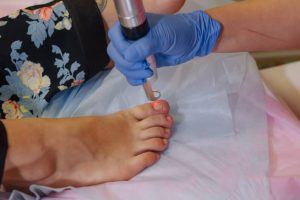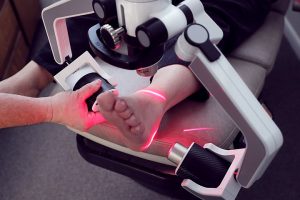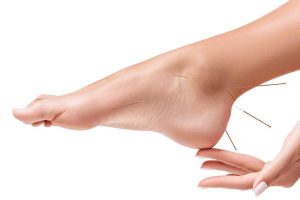
Laser treatment is a relatively new approach for treating nail fungus, also known as onychomycosis. The laser emits a focused beam of light that is absorbed by the pigment in the nail and heats up the fungal cells, causing them to be destroyed. Laser treatment for nail fungus is typically done in a podiatrist’s office and can take up to several sessions to complete.
While there have been some promising results with laser treatment for nail fungus, it is important to note that it is not a guaranteed cure and may not work for everyone. Additionally, the procedure can be quite expensive and is generally not covered by insurance. It is also important to note that laser treatment for nail fungus is not currently approved by the U.S. Food and Drug Administration (FDA), although some laser devices have been cleared for use in treating nail fungus.
If you are considering laser treatment for nail fungus, it is important to consult with a qualified podiatrist who can help determine if it is the right option for you and answer any questions you may have.



